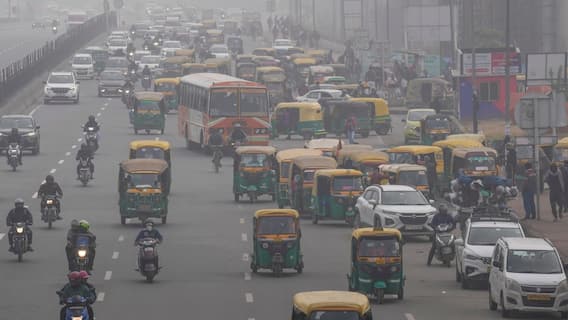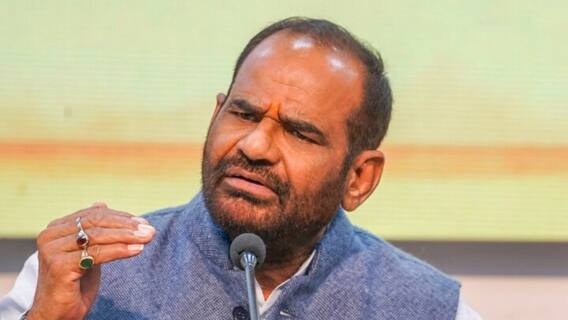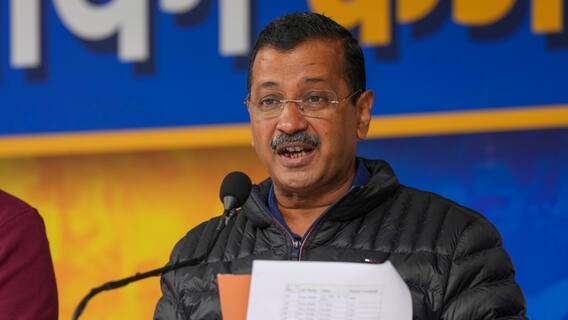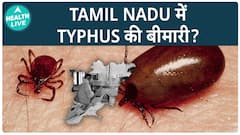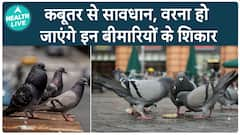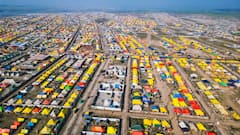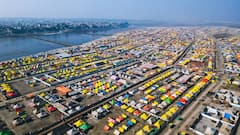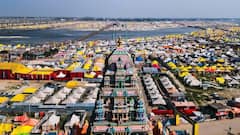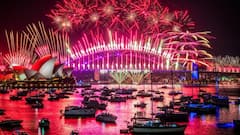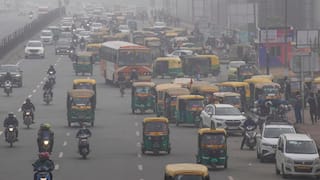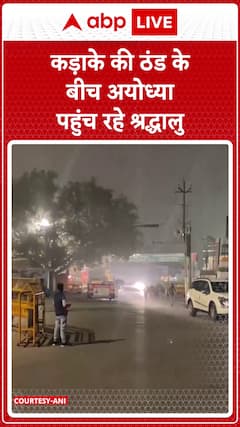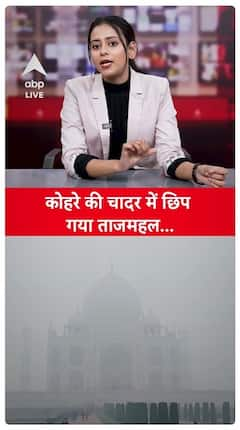Delhi Pollution: Air Quality In 'Severe' Category, Visibility Down To 200 Metres On Friday Morning
The national capital has been facing hazardous air quality since the beginning of November. The city recorded an Air Quality Index of 491 on Friday at 11 AM.

New Delhi: The breathing conditions for Delhiites seem to be worsening as the layer of smog over Delhi-NCR thickened on Friday. Adding to the woes, the eye-stinging smog layer not only rendered an orange tint to the sun but also lowered visibility to 200 metres at several places.
The national capital has been facing hazardous air quality since the beginning of November. The city recorded an Air Quality Index (AQI) of 491 at 11 AM on Friday.
The air quality of the Delhi-NCR region continues to be in the ‘severe’ category as a similar situation persisted on Thursday with the AQI recorded at 411. Faridabad (412), Ghaziabad (461), Greater Noida (417) and Noida (434) also recorded 'severe' air quality at 4 PM on Thursday.
The rise in pollution levels has been causing problems like eye irritation, difficulty in breathing, suffocation and sore throat.
According to an analysis by the Delhi Pollution Control Committee (DPCC), people in the national capital breathe the worst air between November 1 and November 15 every year.
As per the Real-Time AQI, the concentration of hazardous particles PM 2.5 was recorded at 532 micrograms against the safety limit of 60 micrograms and the concentration of PM 10 was recorded at 999 micrograms at 11 AM at the Anand Vihar station.
An AQI between zero and 50 is considered "good", 51 and 100 "satisfactory", 101 and 200 "moderate", 201 and 300 "poor", 301 and 400 "very poor", and 401 and 500 "severe".
According to the Graded Response Action Plan (GRAP), the air quality is considered to be in the emergency category if the PM 2.5 and PM 10 levels continue to be above 300 micrograms per cubic metre and 500 micrograms per cubic metre respectively for 48 hours or more.
Green think tank Centre for Science and Environment (CSE) said the ongoing smog episode is a public health emergency and could be the longest in four years.
“Compared to the first episode of smog in the last four years, the current smog matched the duration of the first smog of the 2018 and 2020 season, both lasting for six days. If the conditions do not improve, it might overtake the 2019 smog that lasted eight days,” the CSE said.
Trending News
Top Headlines








